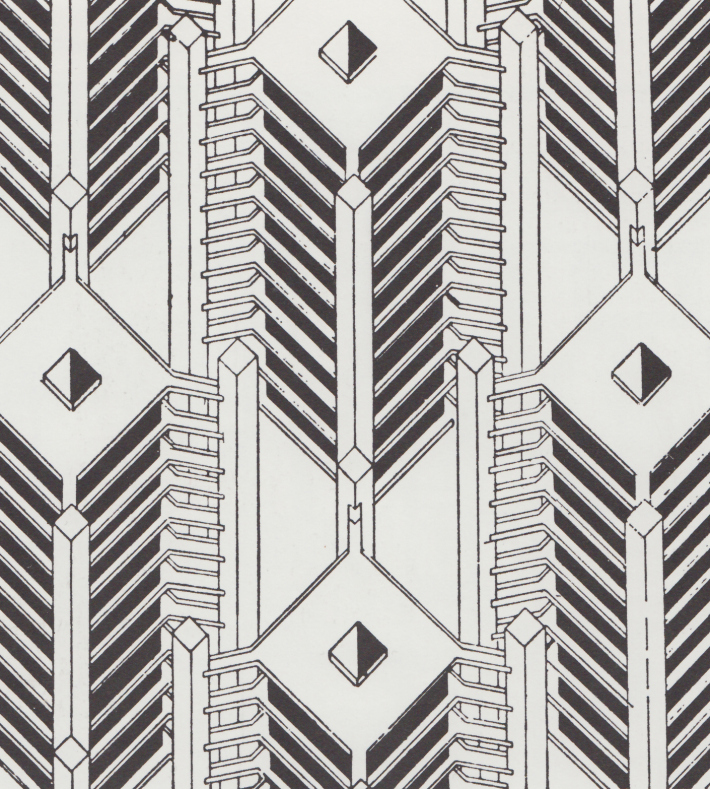
Theo van Doesburg, ‘Eine Stadt für den Verkehr’ (one city for traffic) (1929)
By mh
|
Posted in Abstraction
|
Also tagged architecture, black, buildings, city, de stijl, design, drawing, dutch, lines, mechanics, modernist, netherlands, painting, pattern, public space, romance, sculpture, street view, system, theo van doesburg, traffic, unknown, utopia, wall, white
|

Anna-Bella Papp, untitled (2014)
By mh
|
Posted in Abstraction
|
Also tagged Anna-Bella Papp, architecture, blank, clay, collection, levels, minimalism, modernist, romanian, sculpture, steps, surface, tablet, unknown, unpainted
|
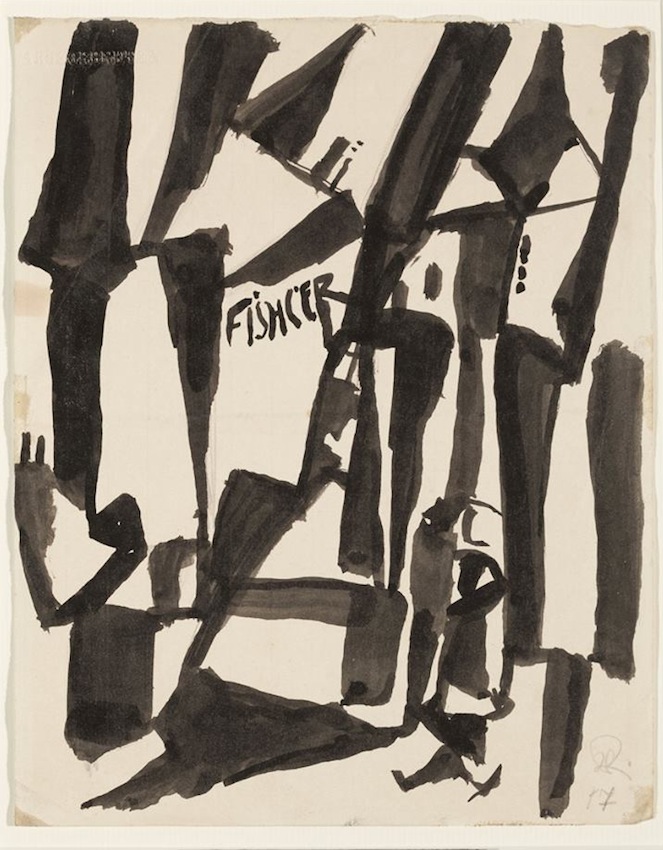
Hans Richter, ‘Houses’ (1917)
By mh
|
Posted in Composition
|
Also tagged architecture, avant-garde, black, collection, design, DIY, drawing, germany, graphic, hans richter, houses, ink, negative space, november, painting, paper, positive space, public space, romance, roofs, shapes, unknown, walls, white
|
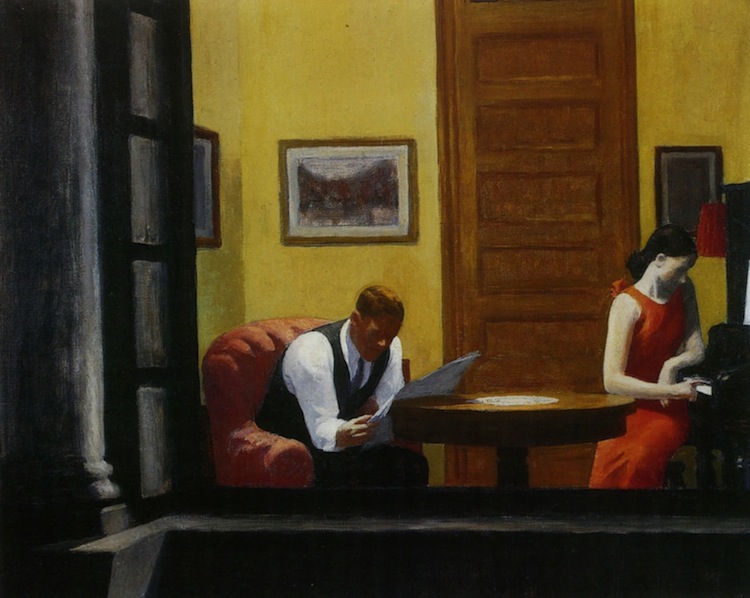
Edward Hopper, ‘Room in New York’ (1940)
By mh
|
Posted in Composition
|
Also tagged american, apartment, architecture, building, edward hopper, evening, found, fuckem, glass, lamp, light, man, modernist, New York, painting, peeking, piano, privacy, private space, public space, reading, realism, romance, unknown, voyeurism, wall, windows, woman
|
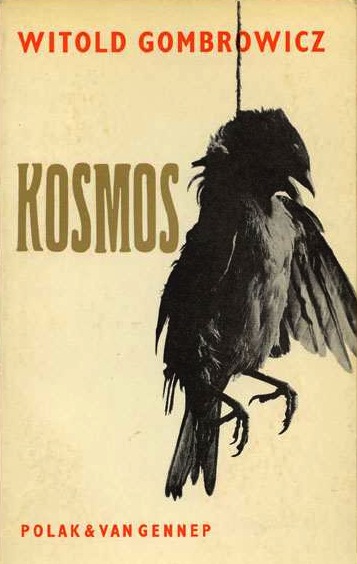
The novel ‘Cosmos’ (1965) by Witold Gombrowicz.
“[…] In Cosmos, I am telling the simple story of a simple student. This student goes to spend his holidays as a paying guest in a house where he meets two women, one has a hideous mouth which has been ruined by a motor car accident, while the other has an attractive mouth. The two mouths are associated in his mind and become an obsession. On the other hand he has seen a sparrow hanging from a wire and a piece of wood hanging from a thread… . And all this, a little out of boredom, a little out of curiosity, a little out of love, out of violent passion, starts dragging him towards a certain means of action … to which he abandons himself, but not without skepticism. […] Cosmos is an ordinary introduction to an extraordinary world, to the wings of the world, if you like.” – W. Gombrowicz
By mh
|
Posted in Abstraction
|
Also tagged absurdist, book, cosmos, dead bird, forest, found, fuchs, fuckem, hanging, hung, katasia, lena, meaning, novel, objects, piece, polish, signs, sparrow, story, string, suspicion, text, the wild, things, unknown, vacation home, wire, witold, Witold Gombrowicz, wood
|
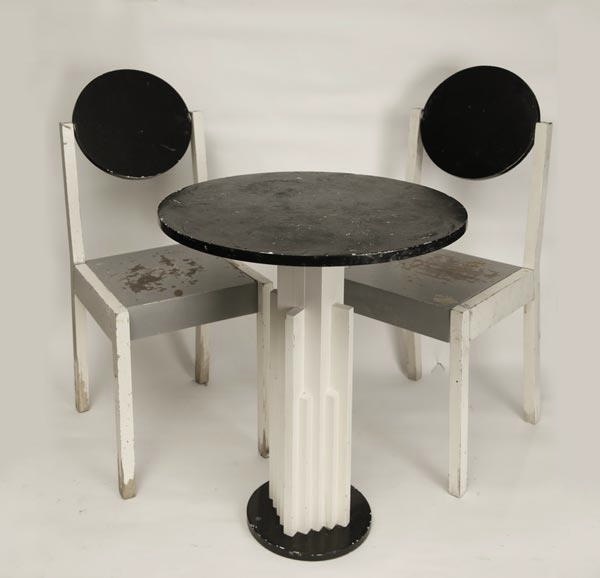
Suprematist table & chair set by Nikolai Suetin, from 1924.
By mh
|
Posted in Abstraction
|
Also tagged architecture, Art, beliefs, black, chair, collection, design, dots, eastern, furniture, gray, grey, hardcore, Nikolai Suetin, round, russian, sculpture, set, suprematism, table, white
|

Gunta Stölzl, ‘Jacquardentwürfe’ (‘design for a Jacquard woven textile’) (1927).
By mh
|
Posted in Composition
|
Also tagged applied arts, architecture, bauhaus, black, blue, collection, colors, colours, design, dessau, DIY, drawing, germany, gray, grey, Gunta Stölzl, jacquard, lines, loom, modernist, purple, tapestry, textile, unknown, weaving, white, woven
|
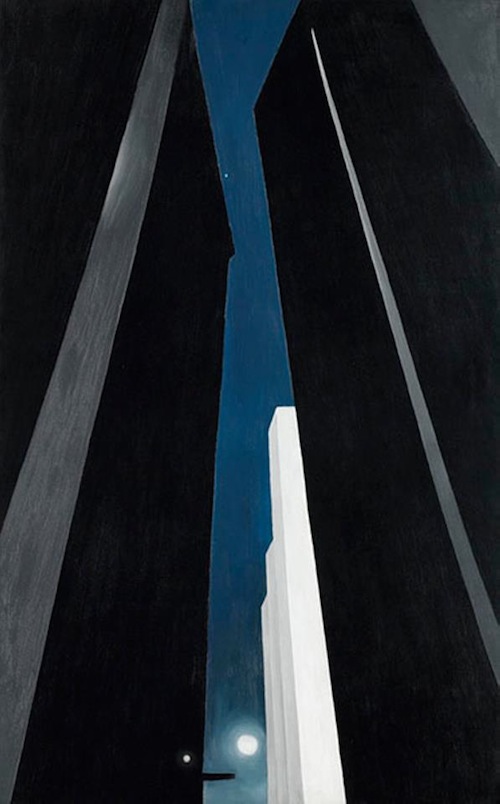
‘City Night’ (1926) by Georgia O’Keeffe
By mh
|
Posted in Abstraction
|
Also tagged alone, american, architecture, buildings, city, darkness, Georgia O'Keeffe, individual, loneliness, night, offices, outside, painter, painting, person, romance, single, sky, street, tall, towers, unknown, view, wall
|
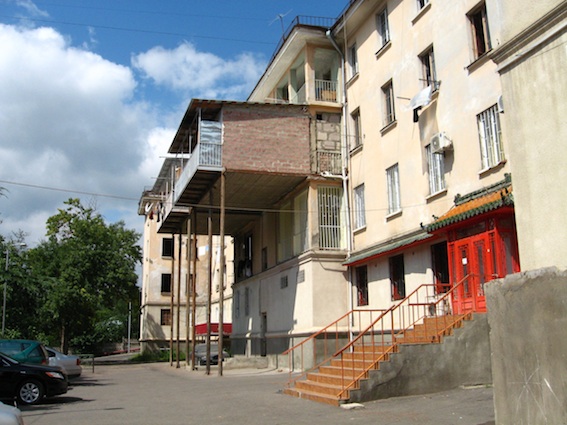
Photograph by Levan Asabashvili.
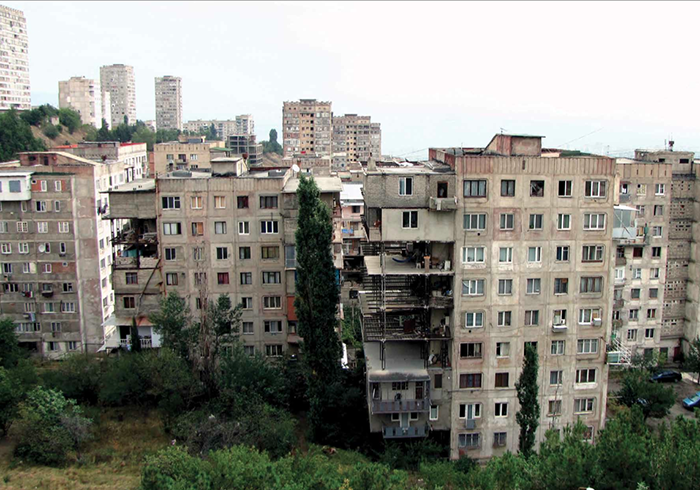
Photograph by Krzysztof Weglel.
Some examples of informal structures called “kamikaze loggias”, the vernacular extensions of modernist buildings characteristic of Tbilisi. These extensions have been created since the 1990s as an organic response to the new, “lawless” times after the fall of the Soviet Union. They increase the living space and are usually used as terraces, extra rooms, open refrigerators, etc.
It is said that a Russian journalist named them “kamikaze”, drawing a parallel between the romantic and suicidal character of such an endeavour and the typical ending of most Georgian family names “-adze”. This architecture also refers back to the local palimpsestic building technique, which since the Middle Ages has allowed new houses to be built on top of existing ones on the steep slopes of the Caucasus Mountains thus not monumentalising the past but expanding on it for the future.
Read more about the Georgian Pavillion at the 2013 Venice Architecture Biennale here.
By mh
|
Posted in Composition
|
Also tagged action, architecture, biennale, buildings, DIY, eastern european, extensions, found, fuckem, georgia, houses, installation, kamikaze loggias, Krzysztof Weglel, lawless, Levan Asabashvili, palimpsestic, public space, sculpture, soviet union, suicide, tbilisi, technique, the wild, venice, wall
|




E.J. Pace
‘The descent of the Modernists’ (1922) by E.J. Pace.
A Fundamentalist Christian cartoon portraying Modernism as the descent from Christianity to atheism, first published in 1922 and then used in the book ‘Seven Questions in Dispute’ by William Jennings Bryan.